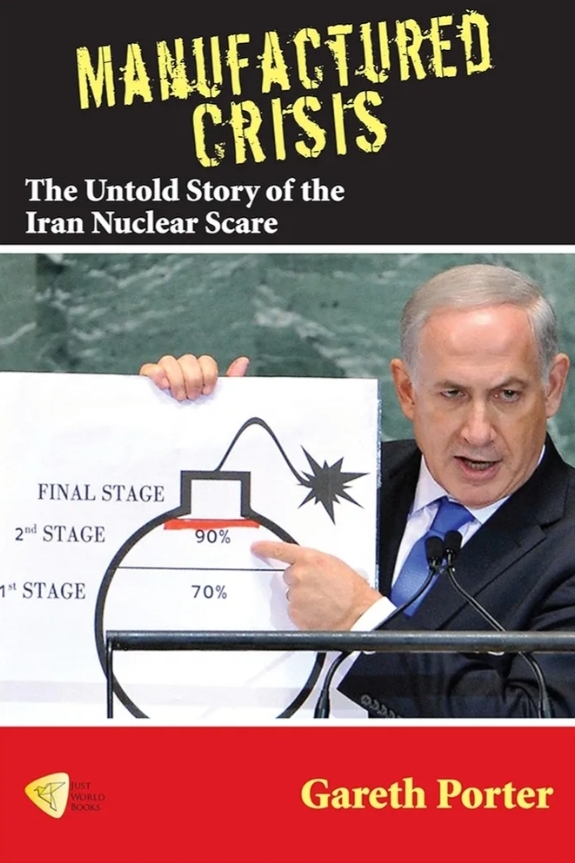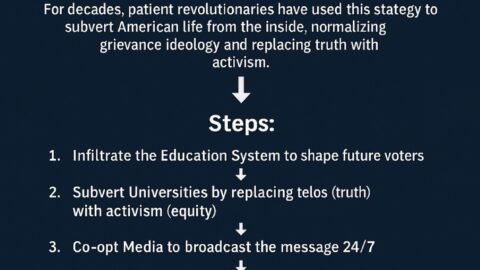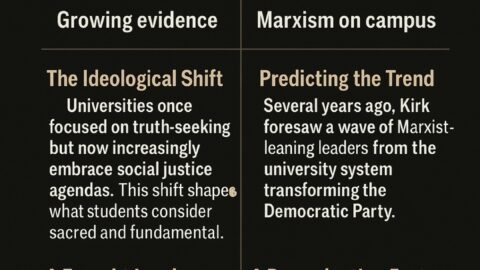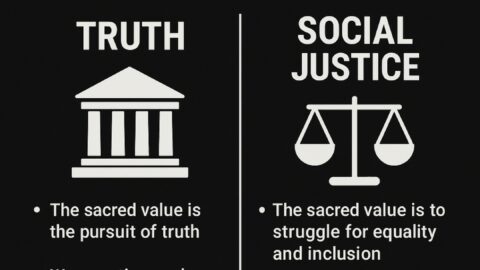By Gareth Porter
(In-depth Analysis & Synthesis for the Modern Reader)
Introduction: Why This Book Matters
Gareth Porter’s Manufactured Crisis is not just the definitive account of how the “Iran nuclear threat” was constructed; it’s a case study in the anatomy of modern information warfare. Porter—a veteran investigative journalist and historian—shows how intelligence agencies, politicians, and media, often with deep ties to foreign lobbies and the military-industrial complex, can create a crisis from thin air, shepherding the public into endless cycles of fear and acquiescence.
This book is a must-read for anyone looking to see behind the curtain of “national security” narratives, and its lessons apply broadly—from Iraq’s WMDs to current U.S.-Israel-Iran tensions and beyond.
Part I: The Roots of the “Nuclear Scare”
A. Historical Background
- Iran’s Nuclear Program Begins:
Iran’s nuclear ambitions began under the Shah—with strong U.S. support (1950s–1970s). Western governments and corporations profited from nuclear sales and construction. - The 1979 Revolution:
When the Islamic Republic replaced the Shah, the U.S. and its allies turned against Iran’s nuclear program, now labeling it a threat.
B. Geopolitical Calculations
- Containment and Regime Change:
The real motive, as Porter documents, was not nonproliferation, but containment and regime change—using the nuclear scare as leverage for sanctions and isolation. - Israeli Lobby’s Role:
Israeli intelligence and lobby groups played a pivotal role in shaping U.S. and European policy, repeatedly raising alarms about an imminent Iranian bomb.
Part II: The Manufacturing of the Crisis
A. The Role of Intelligence Manipulation
- Dubious Documents:
Much of the “evidence” for an Iranian weapons program (such as the so-called “laptop documents”) was later shown to be forgeries or misinterpretations—possibly provided by the MEK (an anti-Iranian group) and filtered by Israeli intelligence. - Distortion of IAEA Reports:
Successive International Atomic Energy Agency (IAEA) reports were selectively leaked and distorted by Western officials and media to give the impression of a covert bomb program, even when the IAEA itself could not confirm such claims.
B. Media Complicity and Public Opinion
- Hysteria and Propaganda:
From the New York Times to cable news, Western media repeated official claims uncritically, stoking public fear (“months away from the bomb!”) and marginalizing dissenting voices. - Self-Fulfilling Policy:
Each cycle of accusation justified further sanctions, cyber attacks (e.g., Stuxnet), assassinations, and threats of war—while making diplomatic solutions harder.
Part III: The Reality of Iran’s Nuclear Program
A. Iran’s Actual Activities
- No Weapons Program:
Porter painstakingly traces Iran’s program and shows, with detailed evidence, that there was no systematic effort to build a bomb. Iran repeatedly cooperated with inspections and, in fact, paused or scaled back activities in response to international agreements. - Supreme Leader’s Fatwa:
Iran’s highest religious authority issued a fatwa against nuclear weapons—an edict dismissed in the West but regarded as binding by Iranian officials.
B. The Real Motivations
- Deterrence vs. Aggression:
Porter argues Iran’s nuclear program was about deterrence, technological pride, and energy—not conquest or blackmail. - Double Standards:
The U.S. and Israel, both nuclear powers (the latter undeclared), enforce a global double standard while overlooking or abetting nuclear ambitions in client states.
Part IV: Consequences and Patterns
A. The Human and Geopolitical Costs
- Sanctions as Collective Punishment:
U.S.-led sanctions devastated Iran’s economy and harmed ordinary people, while doing little to stop nuclear research. - Cycle of Escalation:
Each new “revelation” fueled further military build-up, arms sales, and regional instability—benefiting defense contractors and hardliners everywhere.
B. Manufactured Consent and the Tapestry of Disaster Capitalism
- “War is a Racket”:
As with Iraq and Afghanistan, the nuclear scare funneled billions into intelligence, surveillance, and weapons industries. Politicians won points by “being tough”; media ratings soared. - Overton Window Shift:
The “Iran threat” narrative normalized preemptive aggression, assassination, cyberwar, and permanent sanctions—moving the Overton Window toward endless intervention.
Part V: The Broader Pattern—Lessons for Today
A. The Template of Manufactured Crisis
- Repeatable Process:
The book demonstrates a replicable formula:- Select a “threat” nation.
- Cherry-pick intelligence or rely on dubious sources.
- Leak to media, stoke public fear.
- Impose sanctions, sabotage, and military options.
- Marginalize, threaten, or criminalize dissent.
- The Iran Playbook as Universal:
From China to Russia, Venezuela to Syria, the “manufactured crisis” is the essential tool of disaster capitalism, empire, and global banking interests.
B. Hope and Accountability
- The Power of Investigative Journalism:
Porter’s work is a call for more independent scrutiny. Real accountability and peace depend on breaking the spell of manufactured fear and emotional manipulation. - Moral Agency:
Readers must learn to question narratives, demand facts, and see through the scripts that profit the few while endangering the many.
Conclusion: A Case Study in Propaganda—and a Warning
Gareth Porter’s Manufactured Crisis is both a history lesson and a warning for the future. The Iran nuclear scare was not simply a mistake, but the deliberate construction of a crisis to serve elite interests—at the expense of truth, justice, and peace. It reminds us that real patriotism and responsible citizenship require skepticism of official narratives, the courage to ask hard questions, and a commitment to universal standards of honesty, transparency, and peace.
Key Quote:
“The real danger is not the ‘enemy’ abroad, but the cycle of fear and manipulation that robs citizens of their agency, liberty, and capacity for truth.”
Key Takeaways:
- Pattern of Manufactured Crises (Iran as Template)
- Role of Media, Banking, and Intelligence in Fabricating Consent
- How Pretext and Fear Serve the Goals of Empire
- The Need for Higher-Stage Moral Development—Truth Over Tribe







